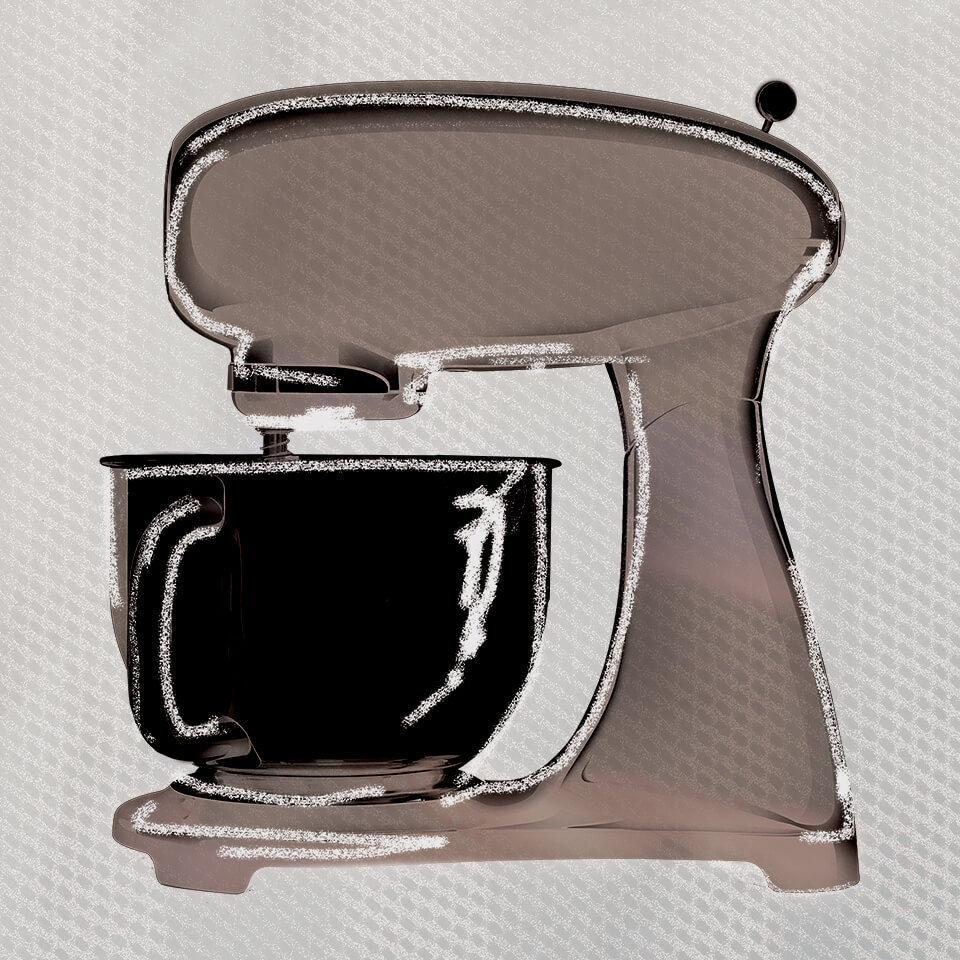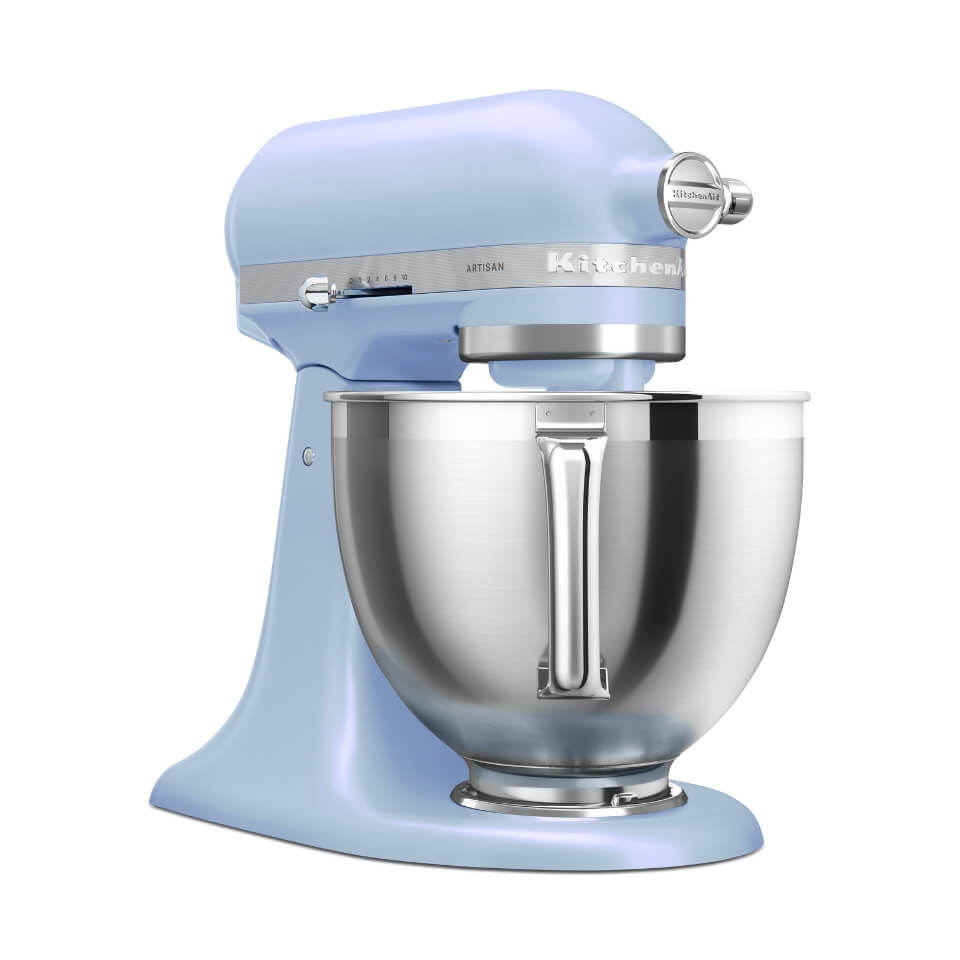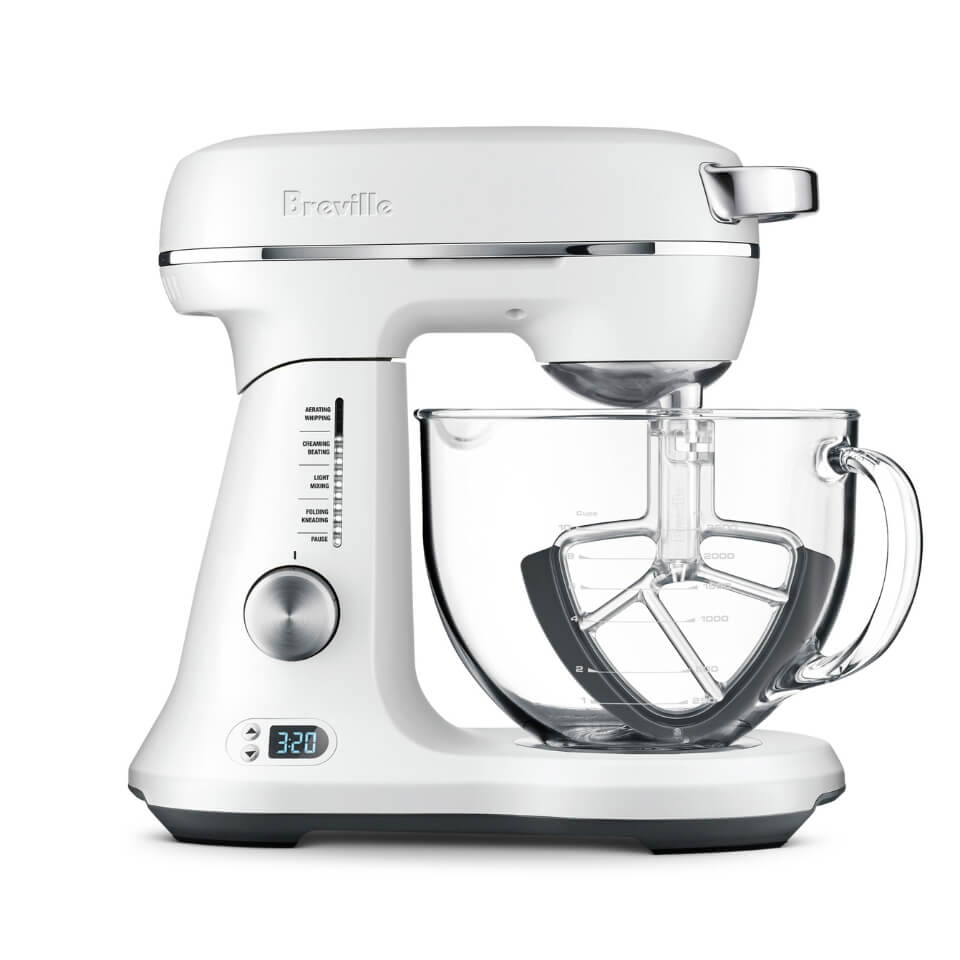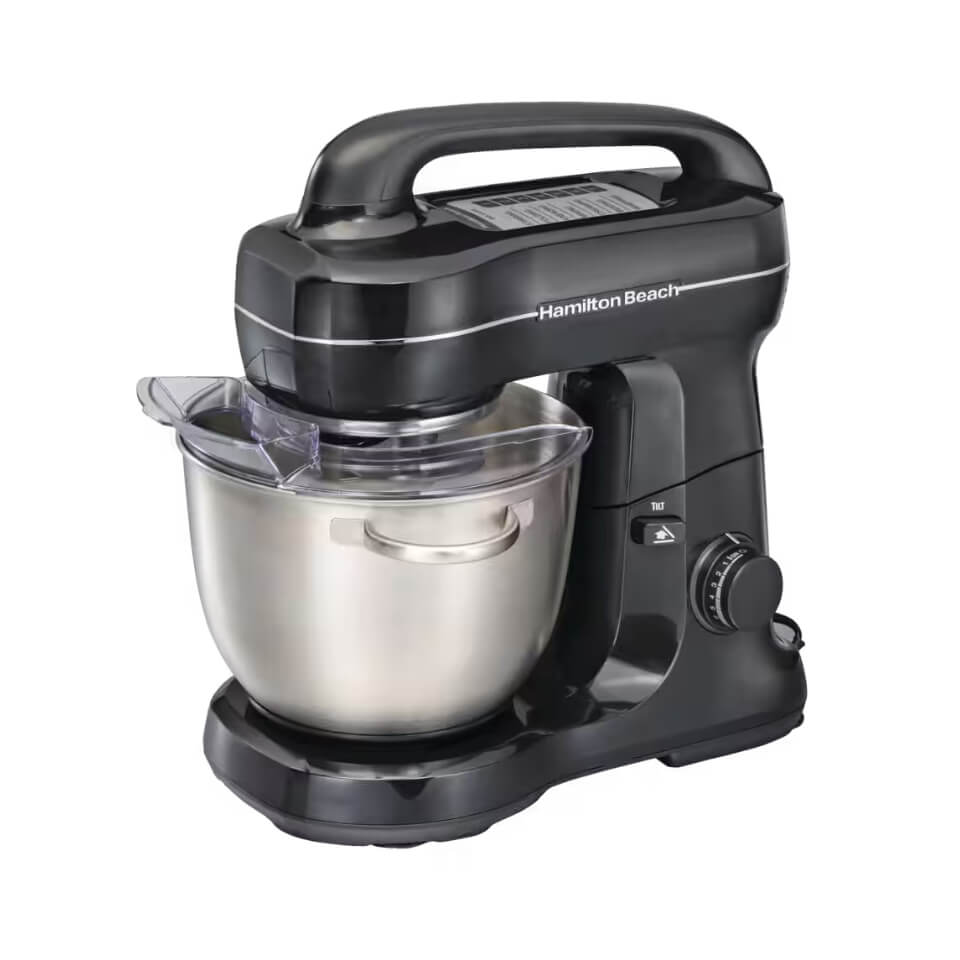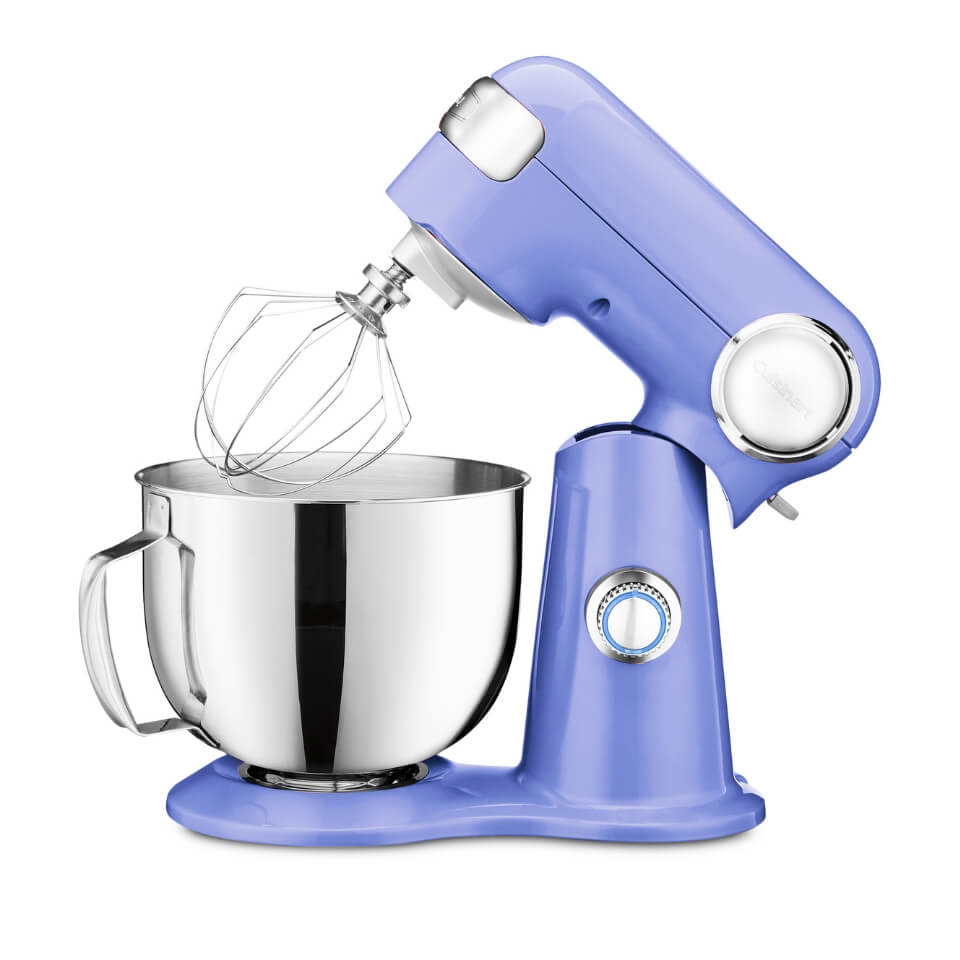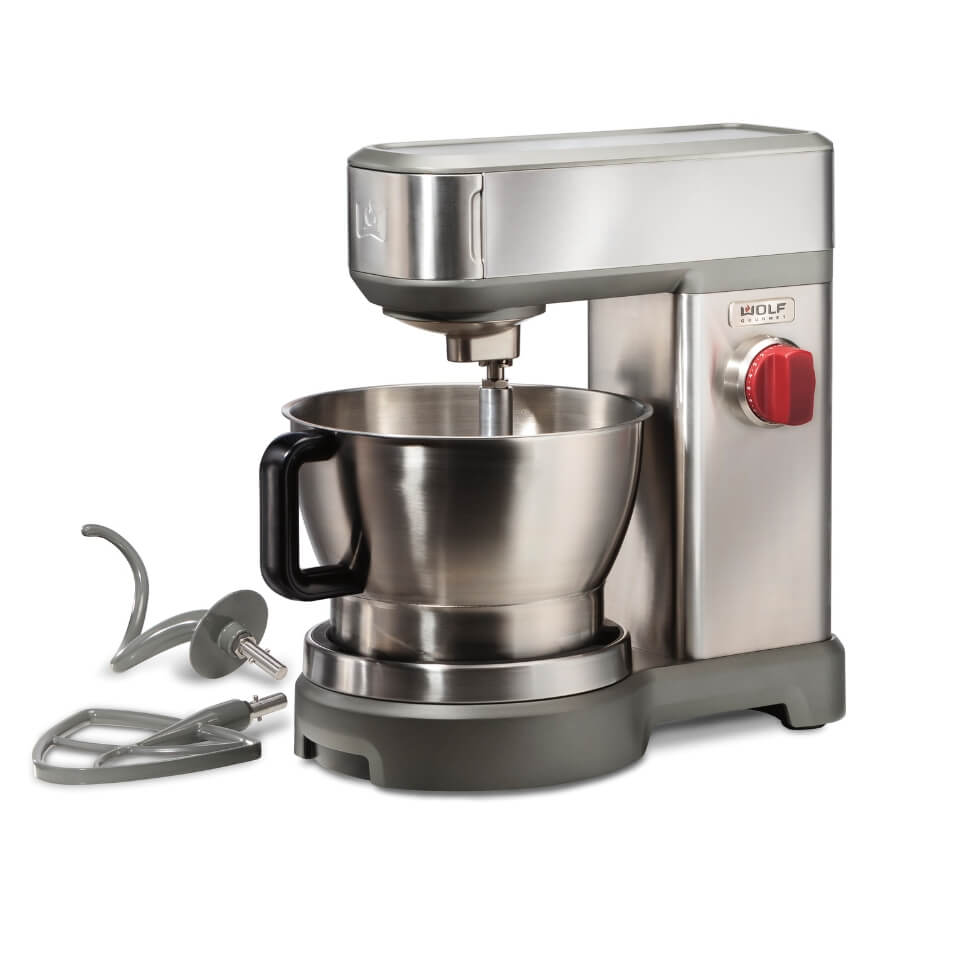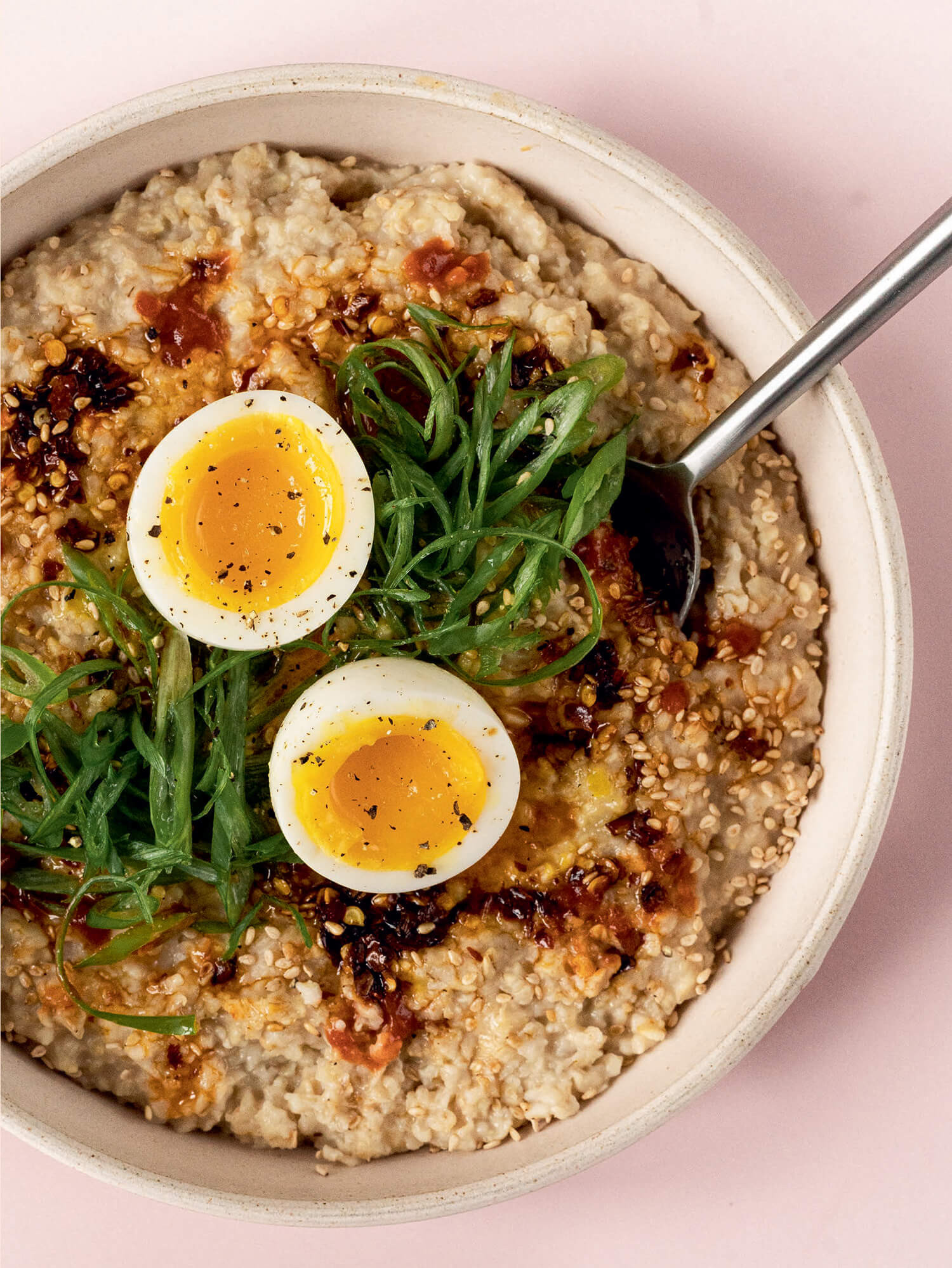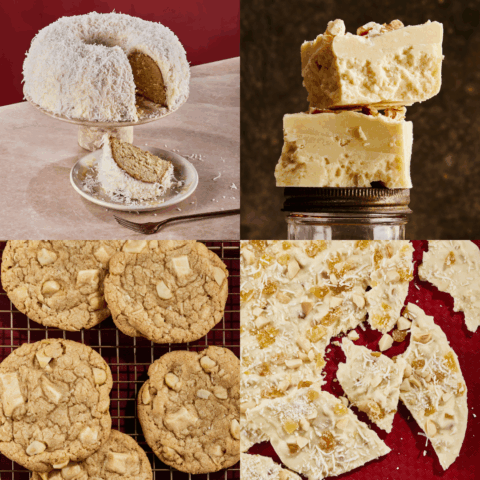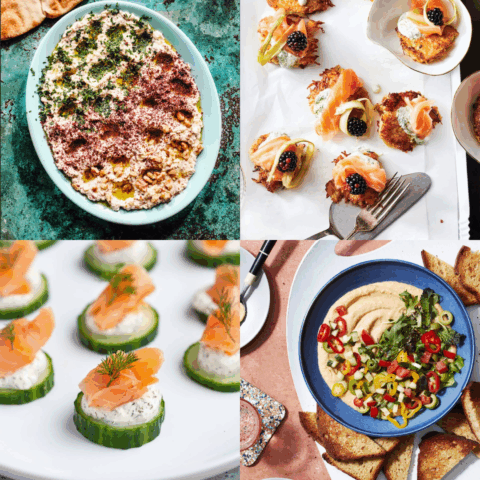Allyson Bobbitt learned how to bake from her grandmother, who had a family reputation for making exceptional breads and pastries. The experience no doubt informed Bobbitt’s career choice: She is now the owner of Bobbette & Belle, a two- location bakery-café in Toronto. In fact, she still uses her granny’s scone recipe, but unlike her teacher, the entrepreneur relies on a veritable army of stand mixers in her professional kitchen. On any given day, seven KitchenAids whiz away at Bobbette & Belle’s production location, making royal icing, meringue and buttercream. The bakery also employs two 150-litre commercial mixers behind the scenes, but Bobbitt still can’t resist her tried-and-true stand mixers. She especially loves the machines’ pasta-making attachment – not for making tagliatelle or bucatini but for creating fondant flowers for showstopping cupcakes and fantastical wedding cakes. “The feature is ingenious,” she says. When shopping stand mixers, her priorities are a workhorse motor and a non-slip base. “I also prefer a mixer with a lift bowl rather than a tilt head,” she adds. “The capacity tends to be bigger, and I find it more practical.”
It’s hard to imagine a modern-day home kitchen without a stand mixer. The appliance, introduced more than 100 years ago by Hobart, revolutionized baking for the masses. The equipment-manufacturing company had been testing a smaller version of its professional-grade 75-litre mixer when an executive-team member asked his wife for feedback. She reportedly enthused, “I don’t care what you call it – it’s the best kitchen aid I’ve ever had.” With that declaration, an icon was born.
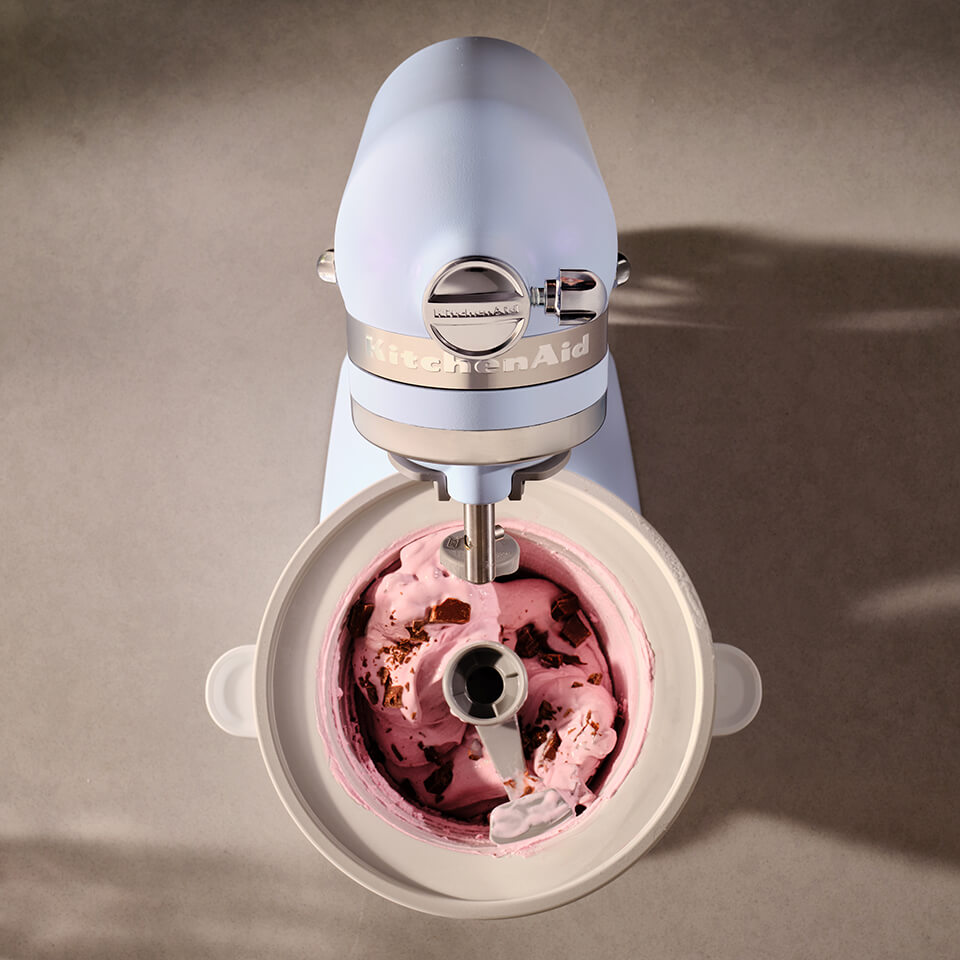
From KitchenAid to Cuisinart, Sunbeam to Smeg, Hamilton Beach to Breville: A plethora of brands offer stand mixers – each with a slew of features aimed at doing the heavy lifting in the kitchen – and they come in a range of price points and colours to suit every budget and taste. When choosing yours, consider size and capacity (from compact, apartment-friendly ones to larger models designed for big-batch prep), attachments and accessories, finish, bowls and, yes, aesthetics.
Jonathan Cheung, owner of Appetite for Books in Montreal, says looks do matter. “Half the people who take my cooking classes buy a mixer as a status thing,” he says. And they definitely “ooh” and “aww” when they enter Appetite’s adjoining cooking studio and see his Damson Blue Bakery Chef Breville machine. “I’m not going to lie,” laughs Cheung, who has done demos with the brand in the past. “It’s a good-looking mixer.”
For the shopkeeper and cooking instructor, however, fashion is second to performance. For those who cook often, durability and power are key. Some entry-level stand mixers have plastic parts, while the inner workings of better-quality models are metal, which means they last longer and are less likely to strip, says Cheung. Wattage-wise, more is better too. “That extra power – 550 watts on my Breville – makes a big difference, especially when you’re working with doughs that are a bit tougher, like pizza dough or focaccia.” The machine’s digital timer and scraper paddle are also two of Cheung’s favourite features. As both a professional and home chef, he says a stand mixer is essential. “If you bake more than once every couple of months, a hand mixer just won’t do it.”
Bobbitt agrees. “It’s a pivotal purchase for someone who’s interested in culinary arts – and pastry, specifically – much like chef’s knives are for a savoury cook,” she says. “It can be very inspiring to purchase your first stand mixer, whether you’re using it at home as a hobby or taking the first step in a new career.”
Mix It Up
There’s a stand-mixer for every kitchen.
2024 Color of the Year Blue Salt Stand Mixer,
KitchenAid
KitchenAid’s iconic stand mixer is now available in the Colour of the Year for 2024: Blue Salt, an iridescent periwinkle blue with reddish undertones.
$500
Stand Mixer 4-QT,
Hamilton Beach
Hamilton Beach’s affordable and dependable stand mixer has seven speeds, complete bowl coverage and a splatter shield with a pouring spout.

